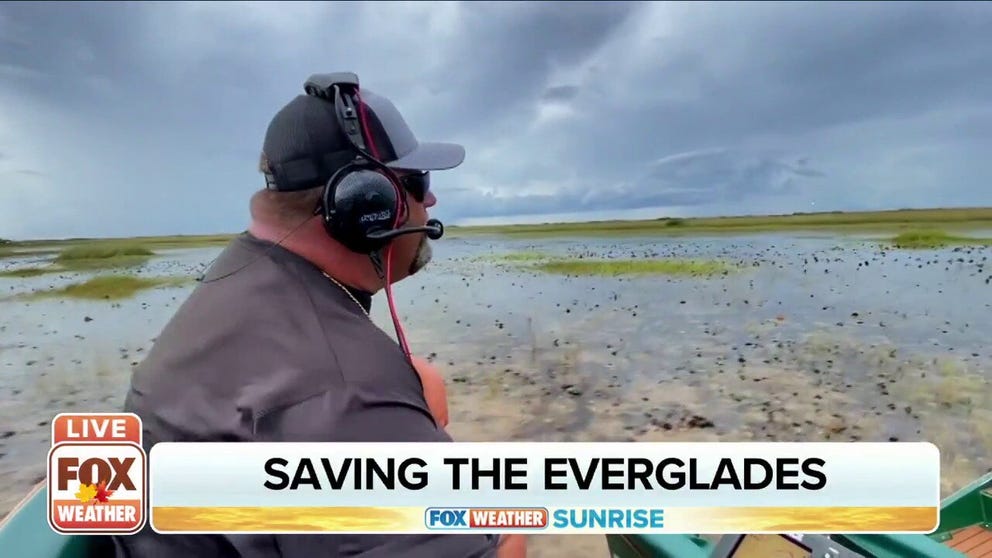Human interaction slowly chokes ecosystem of essential Florida Everglades
Agricultural pollution, saltwater intrusion and real estate development had turned the waterways toxic, slowly choking the essential ecosystem
Human interaction puts Florida Everglades in harm's way
For years, environmental groups have warned the vast 1.5-million-acre subtropical preserve of the Florida Everglades may be doomed to extinction. Agricultural pollution, saltwater intrusion and real estate development had turned the waterways toxic, slowly choking the essential ecosystem.
HOMESTEAD, Fla. – Alligators slither within the tall grasses of the Florida Everglades as birds flock across the marshes and tropical plants and trees flourish.
But environmental groups have warned for years that the vast 1.5 million-acre subtropical preserve may be doomed to extinction.
"It is a vast wilderness that’s bordered by urban areas, and it’s a drinking water supply for 9 million Floridians," said John Kominoski, an Everglades researcher at Florida International University.
Agricultural pollution, saltwater intrusion and real estate development had turned the waterways toxic, slowly choking the essential ecosystem.
"We are fighting a pressure race. We have to restore the Everglades to get fresh water to push back against the saltwater in order to keep our freshwater clean," said Todd Crowl, executive director of the Institute of Environment at Florida International University.
Earlier this year, Florida Governor Ron Desantis inked an agreement with the U.S. Army Corps of Engineers to build a massive $3.4 billion reservoir.
"I call it the world’s largest restoration plan," Crowl said.
It will help restore the flow of freshwater -- the key to life in the Everglades.
"Over the last two decades, it’s been a balance between federal and state funding, and right now it seems like all eyes are on the same page. Restoration is really marching fast," Kominoski said.
The Everglades begins just south of Orlando, and it empties down into Florida Bay, where the ecosystem is abundant.
The goal is to treat overflowing dirty water from Lake Okeechobee so that by the time it reaches the Everglades; the water is mostly free of the nutrients that cause toxic algae blooms.
Down South Tours Captain Ronnie Graves has been speeding across the Everglades for decades and has seen the adverse effects on the ecosystem from human interference.
"It is very strong and able to overcome things, but it needs time, and sometimes time is not the Everglades best friend down here because we change things way too fast for it to be able to cope," Graves said.
Construction is underway to create a network of new marshes.
"It’s going to help us with coastal health. It’s going to help us with coastal disease. We are looked at by the world as running the largest wetlands restoration project," Crowl said.
Fighting to save the Everglades has been an intimidating endeavor for many decades.
With federal and state governments now working together, the mission to rehabilitate these wetlands, continue to provide clean drinking water for South Florida and give the habitat a fighting chance is one step closer to prosperity for all in this vital region of America.
